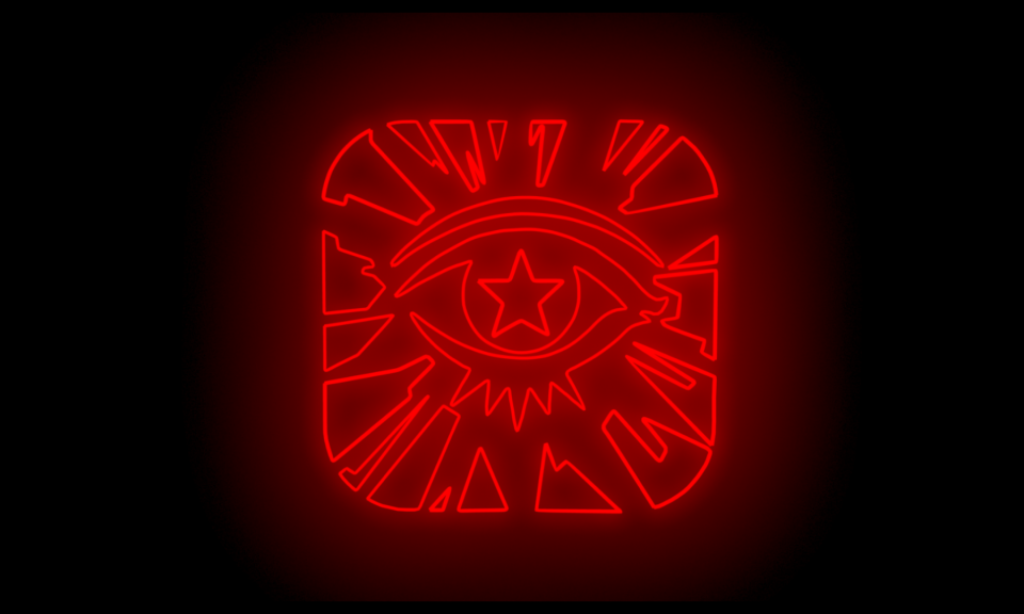For the Warsend project, accuracy is high in the level of importance, especially when it comes to matching the painting up as closely as we can. It was decided early on that we needed to get an accurate gauge of the terrain for the picture, and I was tasked with doing this by using a few different Blender techniques.
Billy assisted with the first attempt, giving me a link to a video that showed off the use of a program called RenderDoc.
Using this, I was able to grab data from Google Maps, and create an initial environment for the terrain.

There were of course pros and cons to this method. Whilst we got a strong amount of detail, it also included items we would not be using in the final terrain, such as the modern buildings not present in the painting. So after some digging, I decided to vary our options and try to use a different method to simply create a height map using data from google maps.

Given that we were planning to populate the scene with models and foliage regardless, having a simple height map seemed like the best course of action, and we went with it for a time.
Unfortunately however, we began to have issues with texturing the terrain correctly, trying to make use of UV projection methods to simulate the same painted effect as the piece we were trying to imitate.

I tried to work alongside Billy to try and get it working, but after some failures, and some advice from other sources, we eventually dropped this concept for the terrain, instead opting for a method of layering pieces of the picture in a way to project the terrain out plenty for the experience.
Whilst my time pursuing this method was ultimately not needed, learning about RenderDoc was a fun experience, and I can see myself possibly using it in the future to grab terrain for far away locations perhaps.
